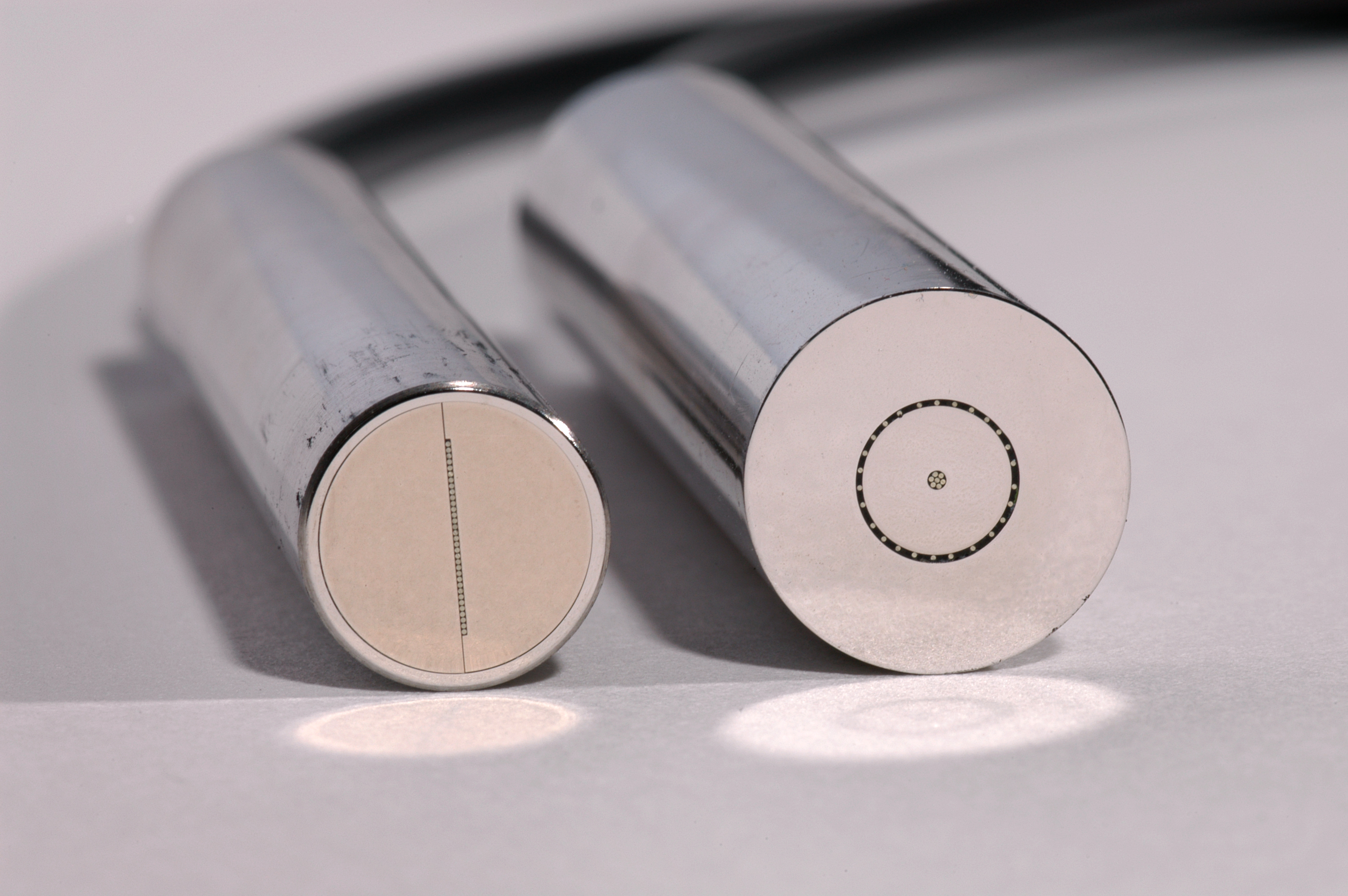A new laser technique that could lead to bone disorders being diagnosed earlier is to be tested in a hospital for the first time. The study, which it’s hoped will pave the way for future clinical trials, will apply a revolutionary approach known as SORS (Spatially Offset Raman Spectroscopy), to examine specific substances in non see-through surfaces deeper than has previously been possible, without damaging the surface. The research team hope ultimately that the method can be used both to detect and screen for early signs of diseases such as osteoarthritis and osteoporosis.
Prof Tony Parker, head of the Lasers for Science Facility in the Central Laser Facility
“This exciting new approach has been developed by combining expertise in multidisciplinary research collaboration over a number of years. This has now culminated in a system for minimally invasive assessment of skeletal tissues and could with further development - form the basis of a rapid safe economical screening system for musculoskeletal disease”, said Professor Allen Goodship (University College London (UCL)), the project Principal Investigator.
The basic technique, devised and patented in the Central Laser Facility at the Science and Technology Facilities Council (STFC), was developed for this application through an ongoing collaboration with the Institute of Orthopaedics and Musculoskeletal Science, University College London. The concept has been evaluated on bone samples with differing chemical composition but never before in a hospital on patients - as will happen in the next few years.
Professor Pavel Matousek who is an STFC physicist and an honorary Professor at UCL is the lead inventor of the technique, he says; “The new method effectively suppresses otherwise blinding interfering signals from skin, making it possible to see subtle chemical changes within all the components of bone through the skin, without the need for a biopsies. The new approach is also able to provide far more information than conventional X-ray based systems that are limited to the mineral components only. The data can be related to the chemistry of bone tissue in its entirety and the analytical chemistry side of the work is supported by STFC’s Professor Tony Parker, head of the Lasers for Science Facility at the Central Laser Facility and also an honorary Professor at UCL.

A probe used in the first pilot study measuring bones on a human subject
This translational phase of the research has been made possible by a £1.7 million grant awarded by the Engineering and Physical Sciences Research Council (EPSRC) and through an ongoing partnership with UCL which demonstrated the feasibility of applying this technology to bone composition and with the Royal National Orthopaedic Hospital (RNOH) in Stanmore, Middlesex where the trials will take place. ‘’This project adds to the ongoing role of the RNOH to lead in innovative approaches to the management of complex musculoskeletal disease. This project has the potential to provide a means of detection and confirmation of some of the rare bone disorders that are still difficult to diagnose. It could make significant contributions to reducing the burden of musculoskeletal disease and associated chronic pain experienced by these patients’’ said Dr Richard Keen, a co-investigator and consultant rheumatologist at RNOH.
Whilst the technique is promising, it has to be fully understood. If these trials are successful it may take several years for the method to become fully realised for diagnostic use in the mainstream health service.
Notes for editors
SORS bone spectroscopy technique was developed as part of an ongoing project between STFC, UCL and RNOH.
The SORS technique has also been developed for pharmaceutical and security applications. These applications are in more advanced stages and are presently taken forward through STFC’s spin-out company Cobalt Light Systems Ltd.
Contact
- Lucy Stone
Press Officer
STFC Rutherford Appleton Laboratory
Tel: + 44 (0)1235 445627
About UCL
Founded in 1826, UCL (link opens in a new window) was the first English university established after Oxford and Cambridge, the first to admit students regardless of race, class, religion or gender, and the first to provide systematic teaching of law, architecture and medicine. In the government’s most recent Research Assessment Exercise, 59 UCL departments achieved top ratings of 5* and 5, indicating research quality of international excellence.
UCL is in the top ten world universities in the 2008 THES-QS World University Rankings, and the third-ranked UK university in the 2008 league table of the top 500 world universities produced by the Shanghai Jiao Tong University. UCL alumni include Marie Stopes, Jonathan Dimbleby, Lord Woolf, Alexander Graham Bell, and members of the band Coldplay.
Royal National Orthopaedic Hospital
The Royal National Orthopaedic Hospital (RNOH) is the largest specialist tertiary orthopaedic referral centre in the UK and a world-renowned specialist hospital for the diagnosis and treatment of complex neuro-musculoskeletal conditions. These range from the most acute spinal injuries, bone tumours and complex joint reconstruction to orthopaedic medicine for metabolic bone diseases and specialist rehabilitation for those with conditions ranging from severe spinal cord injury to chronic back pain.
Engineering and Physical Sciences Research Council (EPSRC)
The Engineering and Physical Sciences Research Council (link opens in a new window) (EPSRC) is the UK’s main agency for funding research in engineering and the physical sciences. The EPSRC invests more than £800 million a year in research and postgraduate training to tackle the challenges of the 21st Century.
Central Laser Facility
The STFC’s Central Laser Facility is a partnership between its staff and the large number of members of UK and European universities who use the specialised laser equipment provided to carry out a broad range of experiments in physics, chemistry and biology.
Cobalt Light Systems
Cobalt Light Systems Ltd is a UK company and sole provider of SORS products and technology. Cobalt develops instruments and applications for pharmaceutical assay, formulation development and quality control and also works with organisations to develop products in other markets such as medical, security and counterfeit detection.
About STFC (link opens in a new window)
